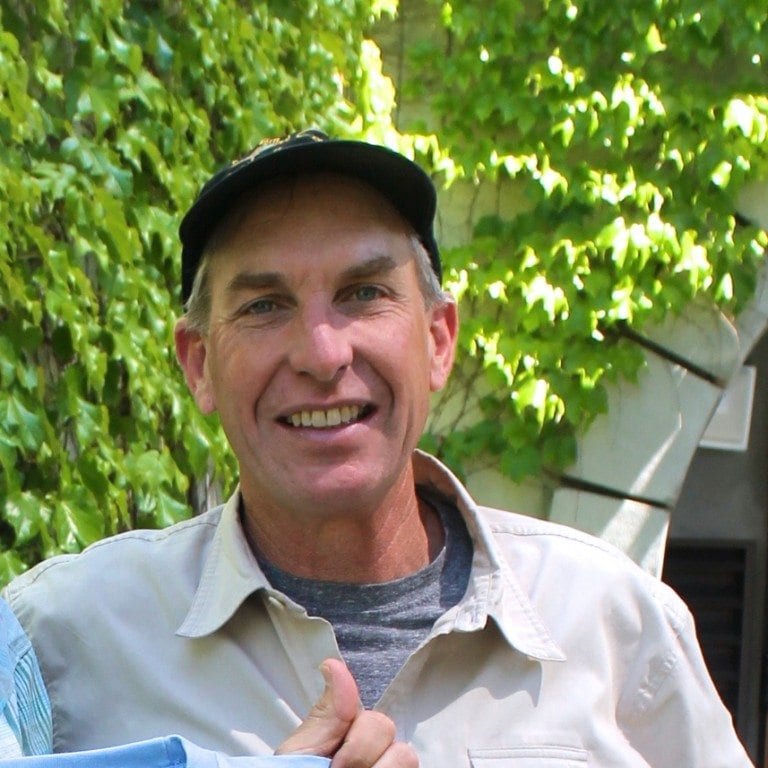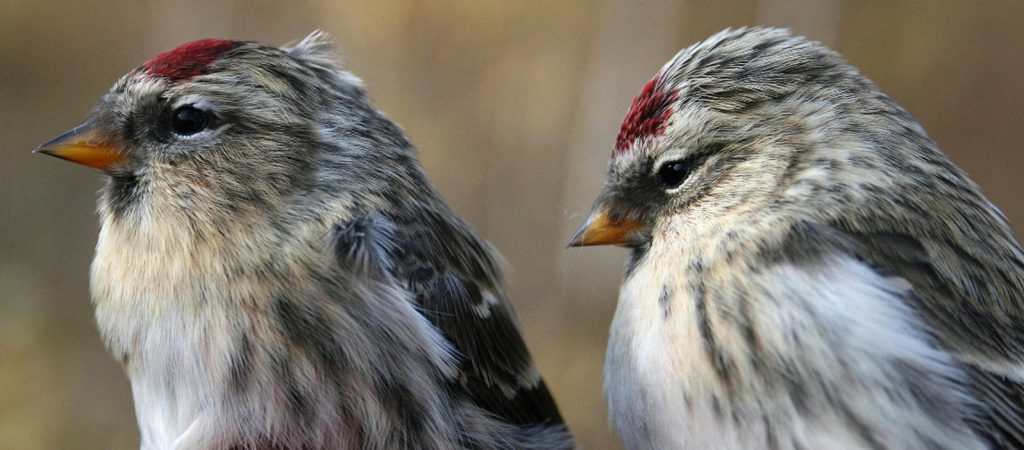The rewards of getting kids outdoors
By Pauline Grant
When I returned recently from North Carolina with a stink bug loose in my suitcase, I did not immediately toss it out the window. I placed it under a jar on my kitchen counter. A few days later, I fed it a tiny piece of cracker and a few grains of sugar. (Surely bugs eat what we eat!) Each morning I would move the jar to check if it was still alive. After ten days under the jar, someone suggested I feed it a piece of leaf. Four weeks later it is still alive. What possessed me to want to observe the captured stink bug? Hanging out with kids in nature!
This fall I had the opportunity to volunteer with Golden Gate Bird Alliance’s Eco-Education program and to co-lead (with Eugenia Caldwell) a bird walk for children at Las Gallinas Storage Ponds in Marin. The exuberance of both these groups of children is clear reassurance that real life, physical life, is still far more exciting than screen life.
GGBA’s Eco-Education program provides nature-focused field trips and classroom activities to about 700 children from low-income elementary schools each year. I volunteered with the San Francisco part of the program, which includes field trips to GGBA’s shoreline habitat restoration site at Pier 94.
From 10 a.m. when the big yellow school bus dropped off twenty 4th graders, until they left at 2:15 p.m., there was laughter, squealing, and continuous questions about the marine, plant, and bird life. Meanwhile, the Las Gallinas bird walk – which took place on a weekend and was open to the general public — lasted an extra thirty minutes due to the inquisitiveness of the young participants.
 Eco-Education students learn to use binoculars at Pier 94. Photo by Pauline Grant.
Eco-Education students learn to use binoculars at Pier 94. Photo by Pauline Grant.
 Anthony DeCicco helps Eco-Education students plant native plants at Pier 94, by Pauline Grant
Anthony DeCicco helps Eco-Education students plant native plants at Pier 94, by Pauline Grant
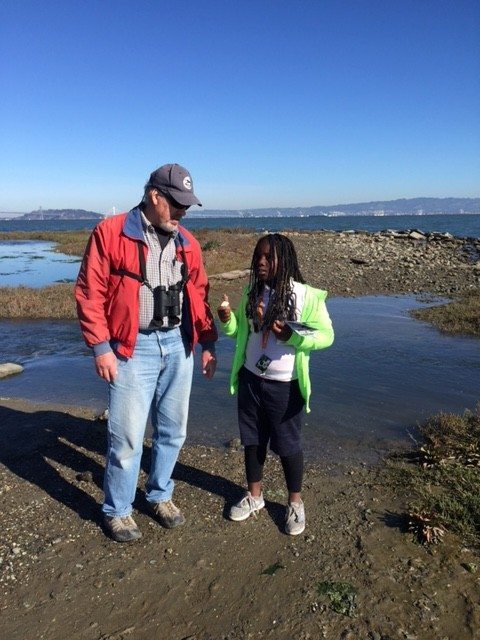 An Eco-Education volunteer and student at Pier 94, by Pauline Grant
An Eco-Education volunteer and student at Pier 94, by Pauline Grant
The training to be a GGBA Eco-Education volunteer is brief – a single three-hour session at the site in San Francisco or the East Bay where you prefer to volunteer. Throughout the school year, one can commit as many or as few hours as one wants. Anthony DeCicco, the Youth Education Director for GGBA, provides the training in a very relaxed manner and offers a lot of tips for behavior management.
It’s important to note that many of the kids on these school field trips are unfamiliar with how to behave in a fragile natural environment because they have not visited one before.…

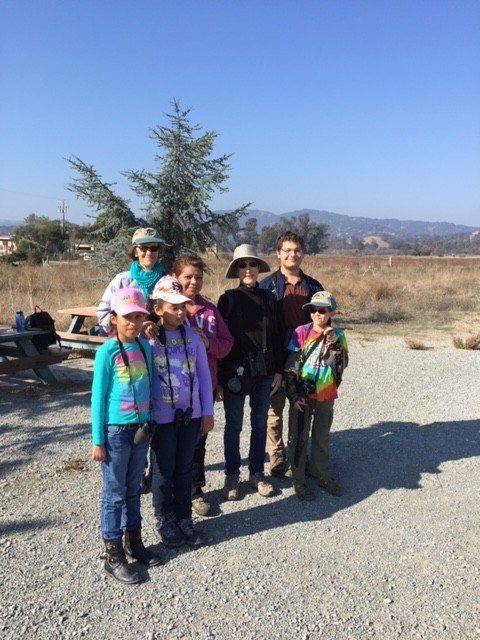
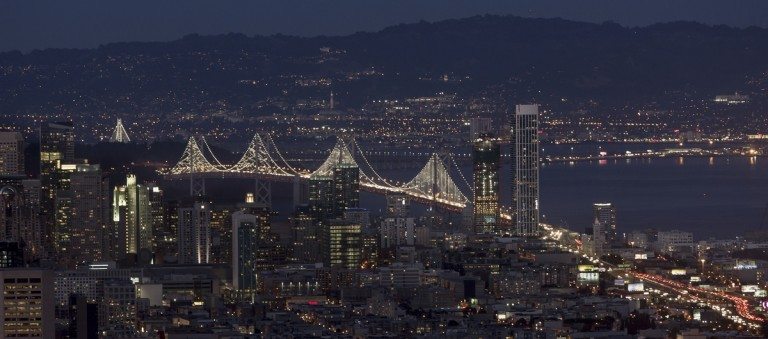
 Bay Lights stretching from SF to Yerba Buena Island, by James Ewing
Bay Lights stretching from SF to Yerba Buena Island, by James Ewing
 Surf Scoter, one of many birds that rest and feed on the Bay waters, by Glen Tepke
Surf Scoter, one of many birds that rest and feed on the Bay waters, by Glen Tepke
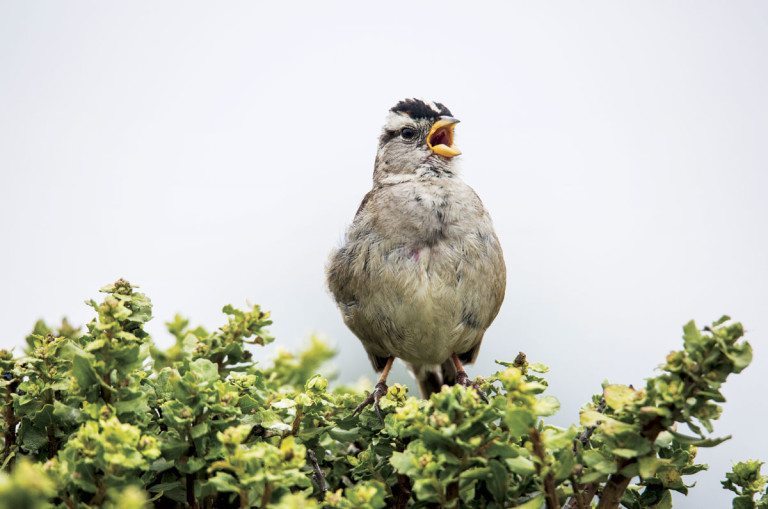
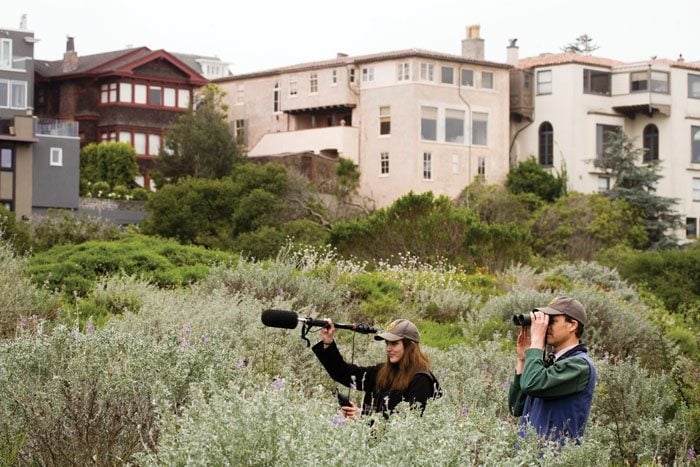 Biologists David Luther and Kate Gentry record white-crowned sparrow songs and calls at the Lobos Creek dunes in the Presidio. Photo: Sebastian Kennerknech.
Biologists David Luther and Kate Gentry record white-crowned sparrow songs and calls at the Lobos Creek dunes in the Presidio. Photo: Sebastian Kennerknech.
